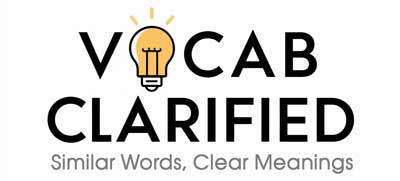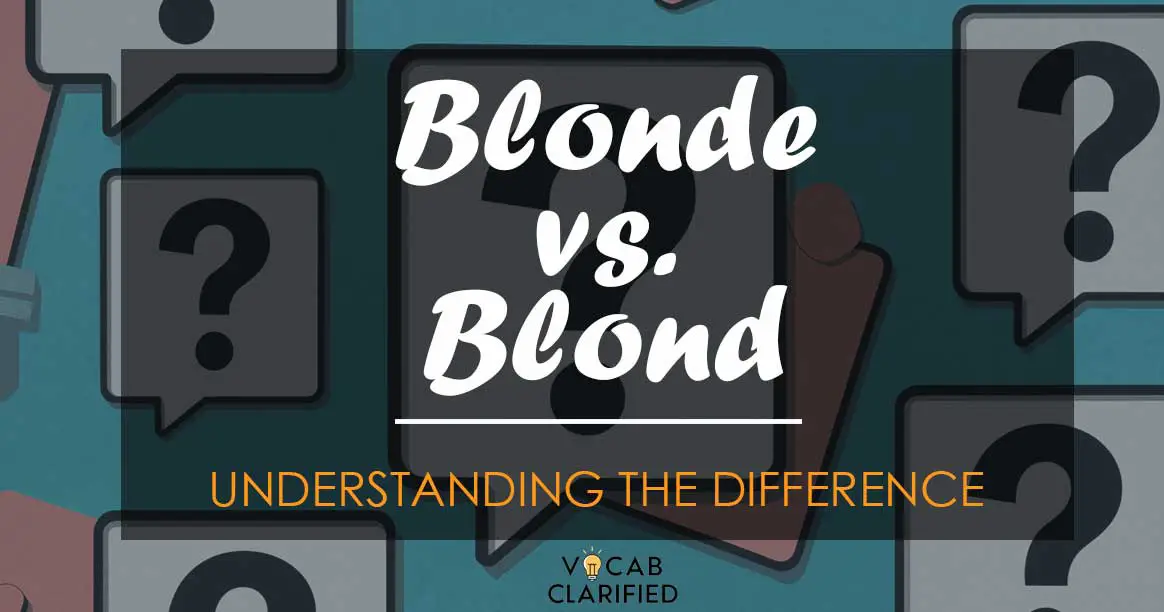Ever found yourself uncertain whether to use “blonde” or “blond”? If you’ve ever hesitated when describing someone’s hair color, you’re not alone.
This article aims to clarify the difference between “blonde” and “blond,” guiding you to a clearer understanding and more confident usage.
Understanding Blonde And Blond
Blonde: Definition And Usage
“Blonde” is typically used as a noun and an adjective to refer to females with light hair. It means having fair or light-colored hair. For example:
- As a Noun: “She is a blonde with striking blue eyes.”
- As an Adjective: “The blonde woman at the party was very friendly.”
Blond: Definition And Usage
Contrastingly, “blond” is often applied as an adjective for males with light hair and as a general term regardless of gender in some contexts. It stands for the same light hair color. For instance:
- As an Adjective for Males: “The blond boy smiled shyly.”
- As a General Term: “She dyed her hair blond.”
Side-by-Side Comparison
To further clarify the differences and help you decide which to use, here’s a side-by-side comparison:
| Aspect | Blonde | Blond |
| Definition | Refers to females with light hair or as an adjective for describing light hair in females. | Used as an adjective for males with light hair or as a general term. |
| Common Usage | “The blonde smiled at him.” | “He admired the blond highlights in his hair.” |
| Key Differences | Primarily used for females; also used as an adjective. | Primarily used for males; can be used generally regardless of gender. |
When deciding between “blonde” and “blond,” consider the gender of the person you’re describing.
If describing a female, “blonde” is generally the preferred term. However, if describing a male or using the term in a non-gender-specific context, “blond” may be more appropriate.
Remember, the best choice often depends on the gender context of the description.
Everyday Usage Examples
To illustrate how “blonde” and “blond” fit into everyday language, here are more examples:
- Blonde:
- “The blonde actress won an award for her performance.”
- “Her blonde curls bounced as she walked.”
- Blond:
- “The young boy with blond hair joined the soccer team.”
- “He decided to go blond for the summer.”
Conclusion
In summary, “blonde” is typically used for females, while “blond” is used for males and in general contexts.
Understanding this subtle difference ensures that you use the correct term based on the context and gender. Now, you can confidently describe hair color without hesitation.

